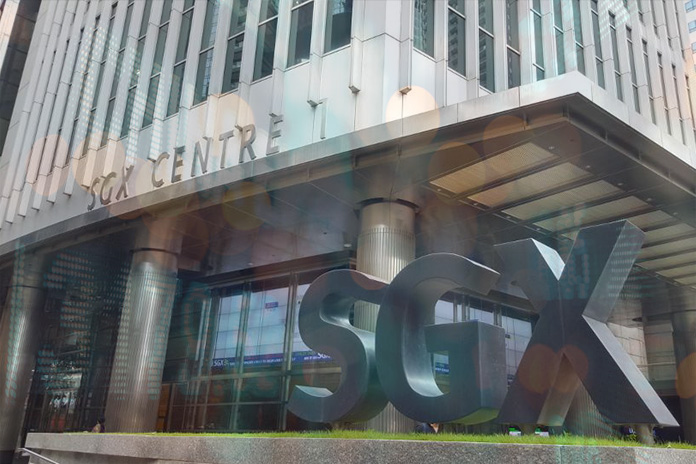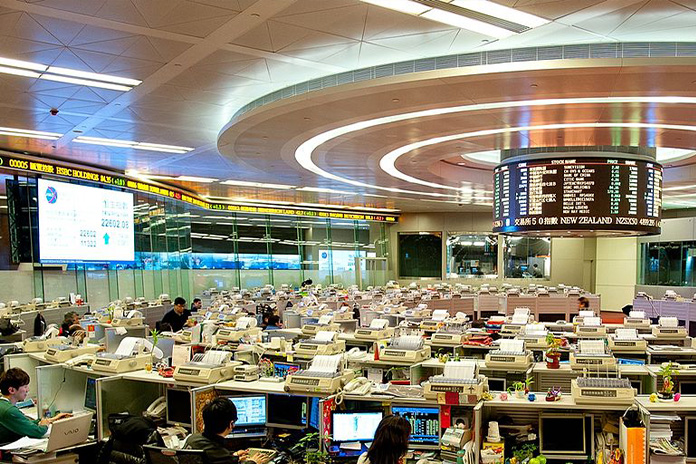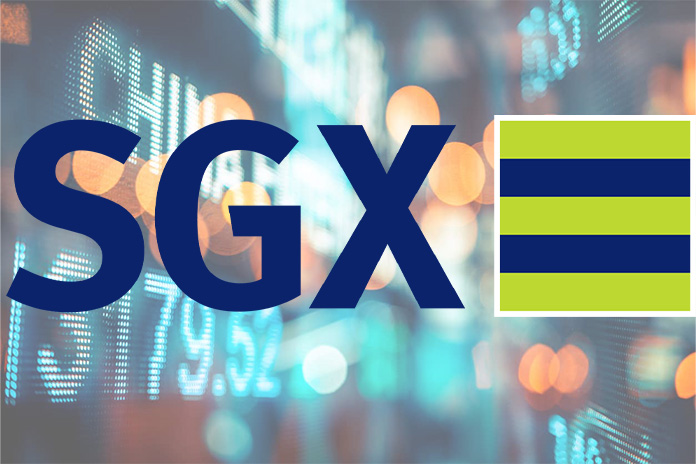
IN February 2019, Bloomberg news published a News Analysis describing the Singapore stock market as “incredibly shrinking’’, citing the rising number of privatisations and delistings versus the small number of new listings as a worrying trend.
In June 2020, academic and noted corporate governance advocate Prof Mak Yuen Teen wrote that the local stock market was caught in a “death spiral’’ of poor-quality listings negatively impacting already-low market confidence that didn’t look like ending anytime soon.
In October 2021, The South China Morning Post ran an article describing the Singapore stock market as a “zombie’’ saying that it has joined the ranks of the undead. “The Singapore Exchange (SGX) is fading away as a place to raise capital and the situation may be irreversible’’ said the column.
Although there is undoubtedly some degree of exaggeration within these claims, the numbers do bear out the assertion that the market is rapidly contracting.
In November 2017, there were 752 companies listed on the Singapore Exchange (SGX) that had a market capitalization of S$1.1 trillion. As at the end of April 2023, those numbers had plunged to 630 companies worth S$815 billion.
Many well-known household names like Osim International, Koufu and Eu Yan Sang have surrendered their listing status to go private, citing low liquidity, persistent undervaluation and high costs as reasons for delisting.
Furthermore, 61 companies or almost 10% of the entire market are suspended from trading, either because of persistent losses, or governance concerns, or both. In some cases, the suspensions stretch back more than 10 years.
A loss of 35% in market value in under six years and having 10% of the market under a cloud should be setting off all sorts of alarm bells and, for sure, the chances are pretty good that the authorities are well aware of the situation. The problem is that it is difficult to see what can be done about it because by most accounts, the root of the problem is confidence, or rather the lack of it.

Other Exchanges Are Shrinking
Before going further, a few undeniable facts should be noted. First, the SGX has always been compared with the Hong Kong Exchange (HKEX) but in my view, this isn’t fair.
The HKEX has a vast backyard of China companies queueing up to list, whereas SGX’s domestic hinterland is limited to local small and medium enterprises (SMEs). So, although the two exchanges are competitors on paper, the reality is very different.
The reality is also that SGX has to try and attract foreign firms in order to have large critical mass but this is becoming increasingly difficult. In the past, companies from the region (and within the same time zone) might have opted to list on SGX, but as their domestic exchanges have evolved and gained sophistication, more are choosing to list at home where they enjoy greater investor familiarity.
For its part, SGX has modified its Listing Rules to try and attract all sorts of new capital structures and “new-age’’ companies — in 2018 it allowed companies with dual-class shares to list and last year admitted Special Purpose Acquisition Companies or SPACs.
Incidentally, football club Manchester United, which has a dual-class structure, was reported to have tried listing on SGX in 2011 but had to go to the US instead because local rules at the time did not permit it.
Second, other exchanges are also shrinking. In May 2022, the Wall St Journal reported that 47 firms from US exchanges delisted in 2021, up from 33 in 2020 and the highest total since 2010. Between January 2022 to May 2022, 26 firms worth US$121 billion had delisted from the US market. Note that this figure would have been much higher if Elon Musk had not backed out of his plan to take Twitter private.
McKinsey & Co in 2020 reported that the number of listed companies in the US had fallen from 5,500 in 2000 to about 4,000 in 2020.
Third, as for incoming firms, fewer have sought a listing globally in the past 15 years because of the low-interest rate environment that has prevailed in the wake of US sub-prime crisis of 2008. Companies have had less of an incentive to list since the cost of debt was so low, making a listing to raise funds unnecessary.
Loss Of Confidence
Still, the sharp decline in market cap and the large proportion of suspensions hint at a deep-rooted, structural issue. As mentioned earlier, most observers say that confidence is lacking – this was the contention of the Society of Remisiers (SOR), who in 2015 sent a letter of appeal signed by 1,225 members to then-Deputy Prime Minister Tharman Shanmugaratnam to try to address this issue.
The basic premise is this: If investors have no confidence that they can a) make money and b) have their interests safeguarded, then logically, they will not trade.
This leads to a loss of liquidity, which causes poorer valuations, which then prompts companies to go private. Once confidence is lost, it’s very difficult to restore.

How Did Confidence Drain From The Market?
How did we get to this stage? By a combination of unfortunate external developments and internal mis-steps.
In chronological order, over the past 25 years local investors have been battered by the closure of Clob International in 1998 on which Malaysian stocks were traded, the Asian Financial Crisis of the same year, the dot-com bust of 2000, the SARS epidemic of 2003, the collapse of China stocks or S-chips in 2006 onwards, the US sub-prime crisis of 2008 and what many have said was the final straw, the penny stock crash of 2013.
Some of these developments were unavoidable — SARS and the US sub-prime crisis for example, were negative regional or global events which affected many markets, not just Singapore’s.
However, the rush to fill the void left by the closure of Clob with low-quality, poorly governed China stocks without first ensuring proper regulations were in place was a catastrophic mistake on SGX’s part and led to a huge loss of confidence once those companies were exposed for what they were.
Also, the way the stocks involved in the penny crash of 2013, namely Blumont, Asiasons and Liongold, were manipulated for several months right under the noses of regulators before suddenly being brought crashing down, wiping out some S$8b in market value in one day, added to the problem, as did the length of time it took for the culprits to be sentenced — nine years.
ALSO READ: Cybercrime stays ahead of the chasing pack.
What Can Be Done?
The SOR recommended enticing large government-linked companies like the Port of Singapore Authority and Changi Airport Group to list in the hope that these would spark retail interest and inject liquidity along the lines of Singtel’s Oct 1993 listing which resulted in a “super-bull run’’, albeit one that was relatively short-lived.
To address waning confidence, the SOR’s president last year suggested setting up an Ombudsman Office to help retail investors seek recourse from investments that fail through fraud, or other possibly, criminal actions.
Both suggestions are worthy of consideration, particularly the Ombudsman Office because presently, retail investors have no legal redress when companies fail because of fake accounting, fraudulent disclosures or just plain crookedness.
The only avenue they have is to seek help from the Securities Investors Association of Singapore (SIAS), and although it does its best, it does not have any legal standing or regulatory powers.
I would add on top of these suggestions that regulatory action should be stricter and swifter. For example, although it is mandatory for companies to adhere to the principles contained in the Code of Corporate Governance, many do not, at least not in substance.
Errant companies should be taken to task and more should be done to deter companies from taking their shareholders for granted, or for that matter, for a ride.
In addition, regulatory action must be timely — nine years in the case of the penny stock crash is undeniably too long, even given the complexity of the case. By the time justice was served, many might have already forgotten the original incident.
The only way a disclosure-based regime that relies on the principle of “buyer beware’’ can function effectively is if transgressions are swiftly dealt with – something which is presently not the case.



















